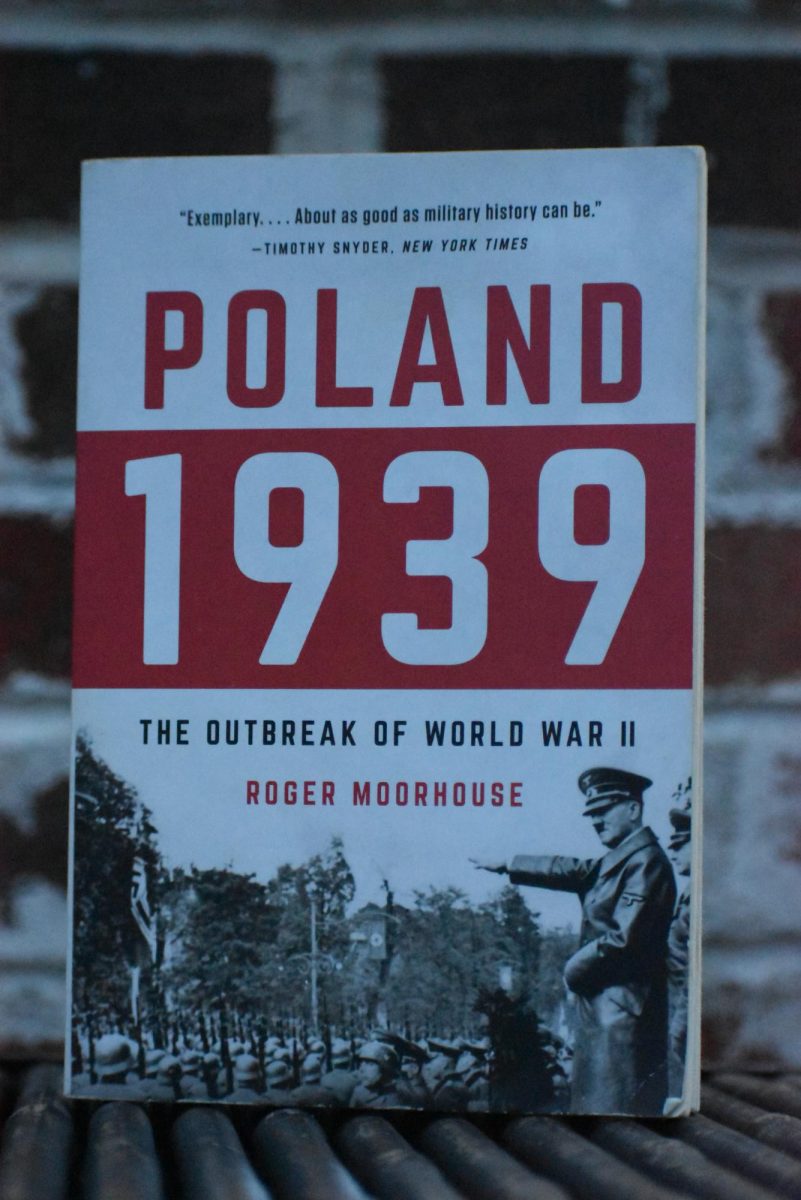Rating

Review
This book is thoughtfully planned and well-researched, which makes for an excellent read. Misconceptions about the Polish defense at the genesis of World War II were spread and popularized by the Nazis and the Soviet Union, and there has been a startling lack of literature about what happened when the Nazis invaded Poland. After the end of World War II, the Soviet Union painted a post-war picture of the USSR as the victim of the war rather than one of the perpetrators. This book addresses and debunks popular misconceptions about the Polish struggle in 1939, such as Polish cavalry charging German tanks.
Poland 1939: The Outbreak of World War II uncovers the failings of government that led to Poland’s collapse – German and Soviet collusion and British and French failed commitments that ultimately left Poland stranded and attempting to fight a war without assistance from multiple enemies.
The book highlights the attack on the Gleiwitz radio station, the defense of Westerplatte, the Soviet invasion, the Western Allies’ reaction (or lack thereof), and the eventual collapse of Warsaw.
The invasion of Poland is often overlooked, with the six years of war and death that followed often becoming the main focus. However, what happened in Poland can serve to foreshadow what would happen later in the war.
At the end of World War II, one in five Polish citizens had been killed. This five-week defensive campaign served as a precursor for a six-year war that eclipsed the world. Poland served as the arena for refining many German tactics (such as the blitzkrieg).
This book isn’t a detailed military history that covers all the minutiae of the campaigns; it focuses more on the human aspect of war. I think this is important because often in history books the events feel impersonal and do not reflect the effect on people. This allows the reader to see beyond governments disagreeing and into the pulse of the people.
I enjoyed Moorhouse’s writing style and how he uses firsthand accounts from Polish soldiers, leaders, and civilians to help enhance his narrative. One important component of his book is that he includes maps at the beginning of the book. When reading history books, I have found it is helpful to have maps that help me see where events are taking place and the borders of nations at the time the book is taking place. This helps me set a scene in my head and become immersed in the events that are taking place.
Overall, Moorhouse created an interesting and unique piece of literature that uncovers an often-overlooked piece of World War II history.










